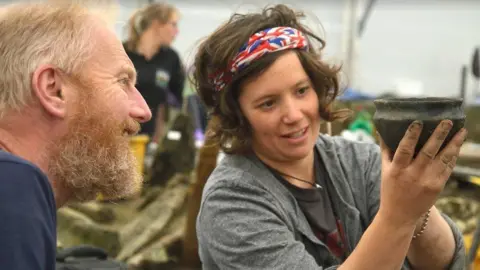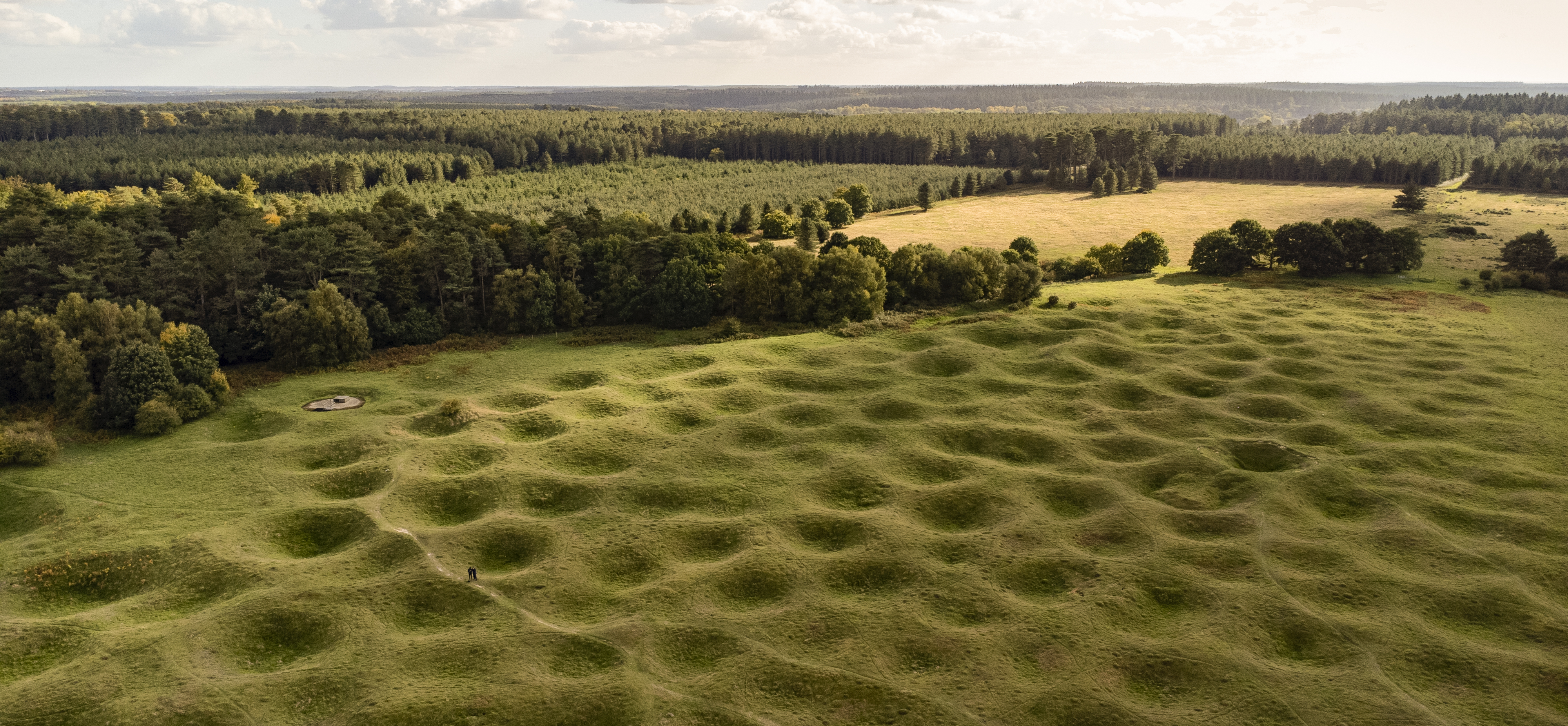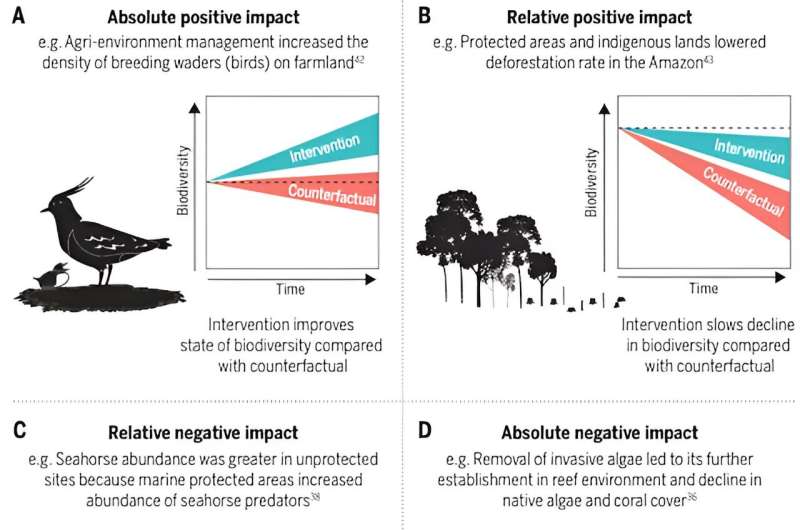Teotihuacan's Pyramids Damaged By Ancient Earthquakes
Thursday, April 25, 2024

It’s possible that I shall make an ass of myself. But in that case one can always get out of it with a little dialectic. I have, of course, so worded my proposition as to be right either way (K.Marx, Letter to F.Engels on the Indian Mutiny)
Teotihuacan's Pyramids Damaged By Ancient Earthquakes
Thursday, April 25, 2024

Rare Turtle Statue Found in Angkor
Thursday, April 25, 2024






A recent DNA analysis on 777 ancient genomes from across the so-called Southern Arc, namely Southern Europe and West Asia, redirects the cradle of Indo-Europeans and sheds light on the Proto-Greek prehistoric past.
As is well known, the Greek language belongs to the Indo-European language family, and, as far as the latest genetic analysis shows, the area of Greece is highly significant in terms of this language family’s origin and its dispersal throughout other areas—yet, what does new DNA research say about Proto-Greek speakers and the first Indo-Europeans?
Ethnic identity is said to be based predominately on a community’s subjective faith in a common origin and distinctiveness. However, since no access to subjective ethnic self-awareness of prehistoric peoples is available, only a single objective way remains to trace origins of specific groups. This involves detection of the communication tool, or language in other words, uniting certain peoples and thus distinguishing distinct societies and cultures.
When we talk about the origins of the Greeks or the “outset” of the Greek civilization, the impression of a “coming” of a proto-Greek speaking population from another area to the Hellenic mainland is conveyed. Of course, this concept has its roots in some controversial information in ancient written sources, and it is also evidenced in the existence of certain words and place names of non-Greek origin (“Pre-Greek substratum”) in the Greek language itself.
However, interpretations of migrations which dominated archeology in the previous century have influenced, and continue to influence, the main theories about the dispersal of the Indo-European languages.
In the last decades, the phenomenon of migration has been significantly revised by more systematic ways of Processual Archeology. It should no longer be considered a self-evident question but merely a hypotheses among many to be evaluated. Through the development of the new archeological theoretical thought, experts emphasize the radical shift towards the study of indigenous developments regarding the importance of migrations.

Experts consider the Greek language a member of the Indo-European family. Due to this status, the origin of the Greek language problematizes the derivation of the Indo-European family of languages. The most popular and long-lived predominant theory of the Proto-Indo-European origin is the one involving the South Russian steppe (Kurgan theory). Later alternative views also place the Proto-Indo-European homeland in eastern Anatolia, which is now Turkey (Anatolian or “sedentary farmer theory”).
Α characteristic problem of this complex Indo-European issue is that the research of linguistic paleontology developed tendencies to manipulate the archaeological research over time. Therefore, a common and equal tool for investigating the human past was hard to come by.
The revolution brought by the discovery of DNA in the 1950s was perceived as a huge opportunity utilized in scientific branches which work closely with archeological science to clarify ancient migration patterns. Despite the initial enthusiasm, various problems demonstrate that DNA alone cannot shed light on complex issues.
The mutation rate of genes, as well as the identification between genetic mutations and specific geographical areas, are issues that are still under investigation, and this is why the interdisciplinary conclusions of many genetic researches cannot be unquestionably accepted.
Nevertheless, the Indo-European problem still has a diachronic seductive effect on numerous scholars and research programs even though many theories often reach an impasse with no persuasive non-linguistic explanation of the dispersal of the Indo-European languages to account for all the regions where relevant languages were spoken.
Furthermore, contemporary research illustrates a worldwide systematic overview of successive cultural phases from the Upper Paleolithic to the end of the Bronze Age, mostly located with precision in time and space. Particularly, we can no longer consider the prehistory of the Greek area as “dark.”

The new study, in which many Greek experts were involved (such as Iosif Lazaridis, associate researcher in Genetics of Harvard Department of Human Evolutionary Biology and Harvard Medical School), published this Thursday, August 26, 2022 in Science, reports on genetic data extracted from 777 individuals who lived across the so-called Southern Arc, namely Southern Europe and West Asia.
According to other more recent DNA data of ancient Anatolians, which raised new questions about the “spread” of Indo-European languages, it seems that Anatolians did not mix with steppe pastoralists during the early Bronze Age. It’s the only place where Indo-European-related languages were spoken even though there was no steppe ancestry.
Ancient Anatolian peoples spoke the now-extinct Anatolian languages of the Indo-European language family, which were largely replaced by the Greek language during classical antiquity as well as during the Hellenistic, Roman, and Byzantine periods. The major Anatolian languages included Hittite, Luwian, and Lydian while other, poorly attested local languages included Phrygian, Palaic, Luwic, and Mysian.
The new Indo-European DNA research also shows that between five to seven thousand years ago there was a gradual increase of ancestry from the Caucasus in the Anatolian genome, probably by a series of migrations from the east at the end of which about a third of the ancestry of Anatolians could be traced to somewhere in the Caucasus.
The fact that the same Caucasus component found in Anatolia comprises roughly fifty percent of the Yamnaya pastoralist genome further implicates the riddle of Indo-European languages. Given that this mysterious Caucasian link is the only ancestral commonality between the Yamnaya and the ancient Anatolians, it seems plausible that this enigmatic migration from the Caucasus brought the ancestral form of Indo-European to both these peoples. Therefore, the homeland and the “first language” of Indo-Europeans must be placed somewhere in the Caucasus.
We must point out that these conclusions seem to primarily justify the eminent archaeologist Colin Renfrew and his Anatolian hypothesis and do line up quite well with contemporary archeological indications. The dispersal of the Indo-European languages is equated by the British archeologist with the diffusion of the Neolithic way of life from its Anatolian “homeland” (possibly the Caucasus) in the seventh millennium BC.
Renfrew also identifies this Neolithic demic diffusion with the spread of the Proto-Indo-European language and its subsequent differentiation into the daughter branches, i.e. the different Early Neolithic cultural phases across Europe.
The most interesting conclusion about prehistoric Greek populations comes from the new estimation of the Mycenaean steppe ancestry (about 1/10). The new study shows that this proportion was not uniform across the population. In fact, even among the elites, it was possible to find people who were not genetically related to Yamnaya (such as the genome of the so-called Griffin Warrior of Pylos).
According to experts, steppe migrants did not establish a rule over the natives and keep to themselves. Rather, they admixed with them, and there were still people without steppe ancestry with elite roles in mainland Greece, especially in Peloponnese. This means then that during the later Mycenaean period in Greece, the new data suggest Yamnaya descendants had little impact on Greek social structure.
This explanation also once again confirms C. Renfrew and many other scholars, who insisted throughout the last decades that the picture of the Proto-Indo-Europeans as warlike mounted nomads have been based not only on the misuse of linguistic paleontology but also on serious anachronism.

An earlier genome sequencing study (2021) also showed that the first major civilizations of the Aegean, namely the Minoan that flourished on Crete, the Cycladic of the central Aegean islands, and the Helladic of mainland Greece, are more genetically homogeneous than expected.
In the past, it was assumed that these three major different cultures were created by genetically distinct peoples despite their close proximity and constant contact. However, results of more recent research call this assumption into question. It seems that these three great Aegean civilizations were not as isolated from each other as experts initially assumed. Instead, they trace their origins to earlier common ancestors or even to past common civilization.
Experts have also suggested that Aegean inhabitants shared common DNA with populations of western and northern Anatolia with whom they shared common architectural and burial practices. It seems that the first Neolithic populations of Western Anatolia and Greece were extremely homogeneous and descendants of a common proto-agricultural population that spread from the seventh millennium BC throughout Europe.
These results are important because they suggest that critical innovations such as the development of urban centers, the use of metals, and the intensive “international” trade that took place during the transition from the Neolithic to the Bronze Age were not solely due to exogenous factors and mass migrations as previously supported but also largely a result of the cultural continuity of local Neolithic populations.
Α homolingualism between the first cultures around the Aegean Sea is not at all improbable if one considers that it may be connected with the Pre-Greek substratum of the Greek language and with the fact that the Minoan language seems to have many elements in common with the Anatolian Luwian.










by Joseph William Bull, Jake E. Bicknell, The Conversation

To work in nature conservation is to battle a headwind of bad news. When the overwhelming picture indicates the natural world is in decline, is there any room for optimism? Well, our new global study has some good news: we provide the strongest evidence to date that nature conservation efforts are not only effective, but that when they do work, they often really work.
Trends in nature conservation tend to be measured in terms of "biodiversity"—that is, the variety among living organisms from genes to ecosystems. We treasure biodiversity not only for how it enriches society and culture, but also its underpinning of resilient, functioning ecosystems that are a foundation of the global economy.
However, it is well known that global biodiversity is decreasing, and has been for some time. Is anything we are doing to reverse this trend effective?
As part of a team of researchers, we conducted the most comprehensive analysis yet of what happened when conservationists intervened in ecosystems. These were interventions of all types, all over the world. We found that conservation action is typically much better than doing nothing at all.
The challenge now is to fund conservation on the scale needed to halt and reverse declines in biodiversity and give these proven methods the best chance of success.
Globally, biodiversity is being depleted by human activities like habitat clearance, overharvesting, the introduction of invasive species and climate change.
To arrest its decline, people in various places have taken measures including creating protected areas, removing invasive species or restoring habitats, such as forests and wetlands. These efforts are interdependent with traditional stewardship of the world's richest biodiversity by indigenous people and local communities. And in 2022, governments adopted new global targets to halt and reverse biodiversity loss.
Our team, led by the conservation organization Re:wild, the universities of Oxford and Kent, and the International Union for the Conservation of Nature, analyzed the findings of 186 studies covering 665 trials of different conservation interventions globally over the course of a century.
We wanted to understand whether the outcomes of these conservation actions improved on what would have happened without any intervention. Lots of studies have tried to compare the effects of conservation projects this way, but this is the first time such research has been combined in a single analysis to determine if conservation is working overall.
What we found was extremely encouraging: conservation efforts work, and they work pretty much everywhere.
We found that conservation actions improved the state of biodiversity or slowed its decline in the majority of cases (66%) compared with no action. But more importantly, when conservation interventions work, we found that they are highly effective.
Examples from our far-reaching database included the management of invasive and problematic native predators on two of Florida's barrier islands, which resulted in an immediate and substantial improvement in the nesting success of loggerhead turtles and least terns.
In central African countries across the Congo basin, deforestation was 74% lower in logging estates subject to a forest management plan versus those that weren't. Protected areas and indigenous lands had significantly less deforestation and smaller fires in the Brazilian Amazon. Breeding Chinook salmon in captivity and releasing them boosted their natural population in the Salmon River basin of central Idaho with minimal side effects.
Where conservation actions did not recover or slow the decline of the species or ecosystems that they were targeting, there is an opportunity to learn why and refine the conservation methods. For example, in India, removing an invasive algae simply caused it to spread elsewhere. Conservationists can now try a different strategy that may be more successful, such as finding ways to halt the drift of fragments of algae.
In other cases, where conservation action did not clearly benefit the target, other native species benefited unintentionally. For example, seahorses were less numerous in protected sites off New South Wales in Australia because these marine protected areas increased the abundance of their predators, such as octopus. So, still a success of sorts.
We also found that more recent conservation interventions tended to have more positive outcomes for biodiversity. This could mean modern conservation is getting more effective over time.
If conservation generally works but biodiversity is still declining, then simply put: we need to do more of it. Much more. While at the same time reducing the pressures we put on nature.
Over half of the world's GDP, almost US$44 trillion (£35 trillion), is moderately or highly dependent on nature. According to previous studies, a comprehensive global conservation program would require an investment of between US$178 and US$524 billion. By comparison, in 2022 alone, subsidies for the production and use of fossil fuels—which are ultimately destructive to nature as fossil fuel burning is the leading cause of climate change—totaled US$7 trillion globally.
That is 13 times the upper estimate of what is needed annually to fund the protection and restoration of biodiversity. Today, just US$121 billion is invested annually in conservation worldwide.
Potential funding priorities include more and better managed protected areas. Consistent with other studies, we found that protected areas work very well on the whole; studies that highlight where protected areas are not working often cite ineffective management or inadequate resources. More large-scale investment in habitat restoration would also help according to this new research.
Our study provides evidence that optimism for nature's recovery is not misplaced. Though biodiversity is declining, we have effective tools to conserve it—and they seem to be getting better over time. The world's governments have committed to nature recovery. Now, we must invest in it.
Journal information: Science
Provided by The Conversation
This article is republished from The Conversation under a Creative Commons license. Read the original article.![]() First-of-its-kind study shows that conservation actions are effective at halting and reversing biodiversity loss
First-of-its-kind study shows that conservation actions are effective at halting and reversing biodiversity loss